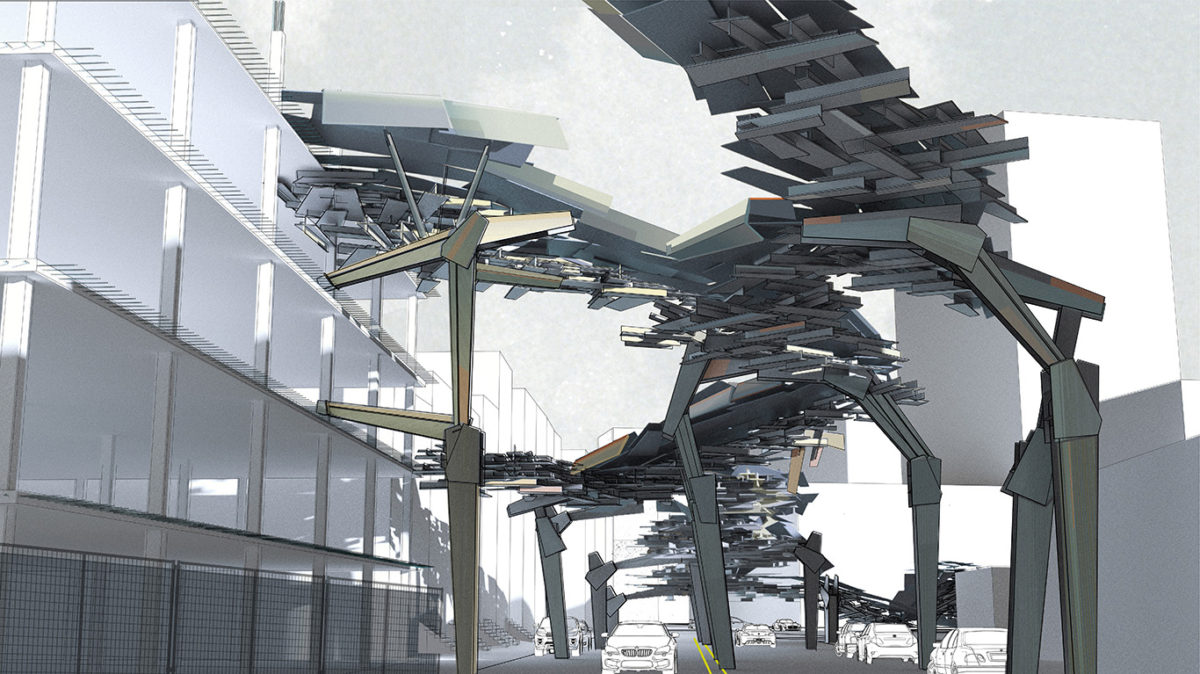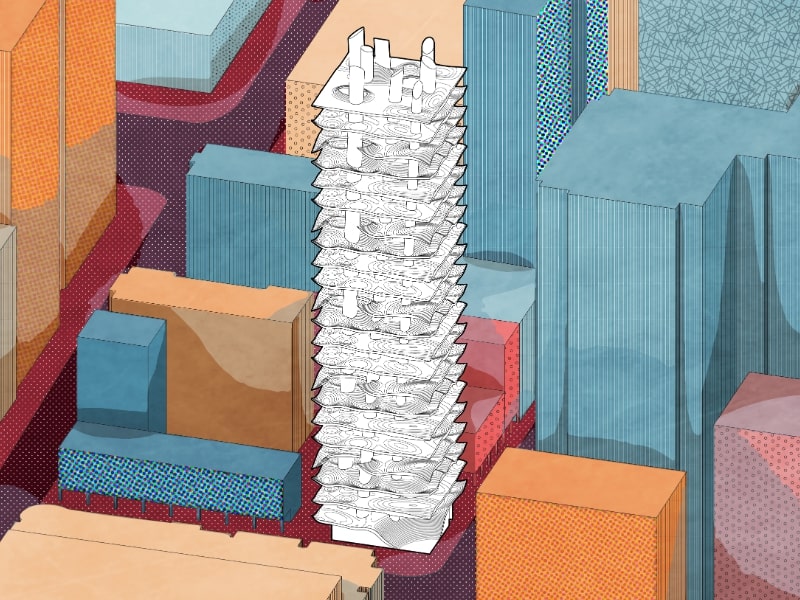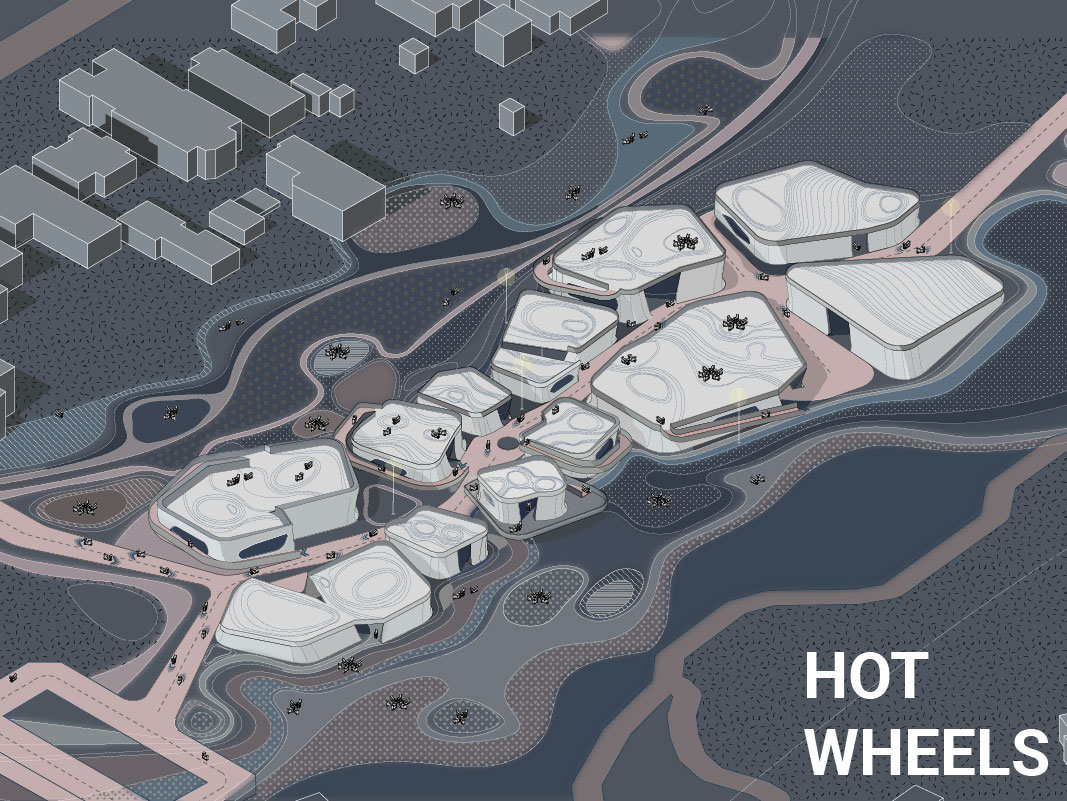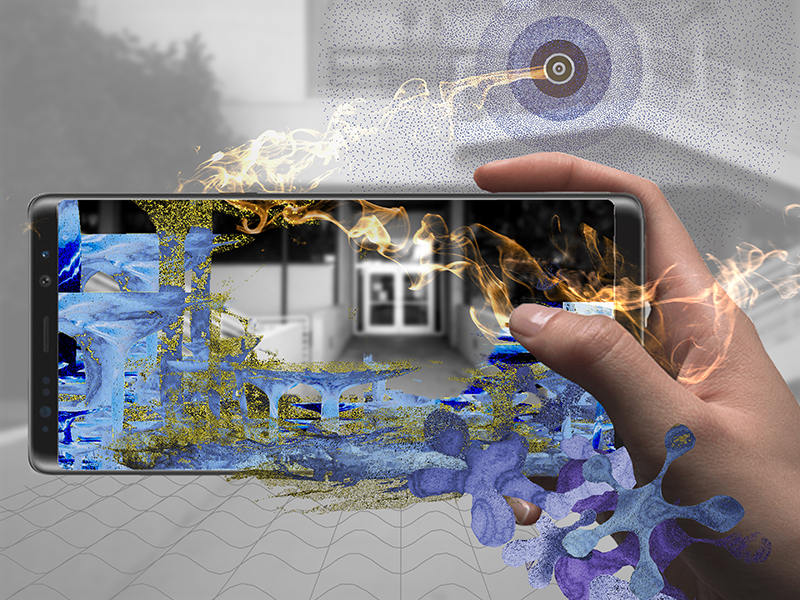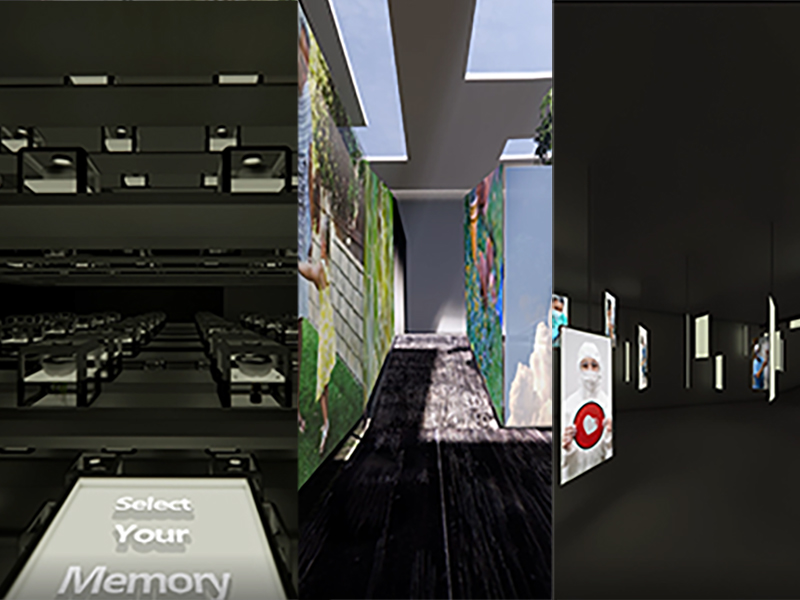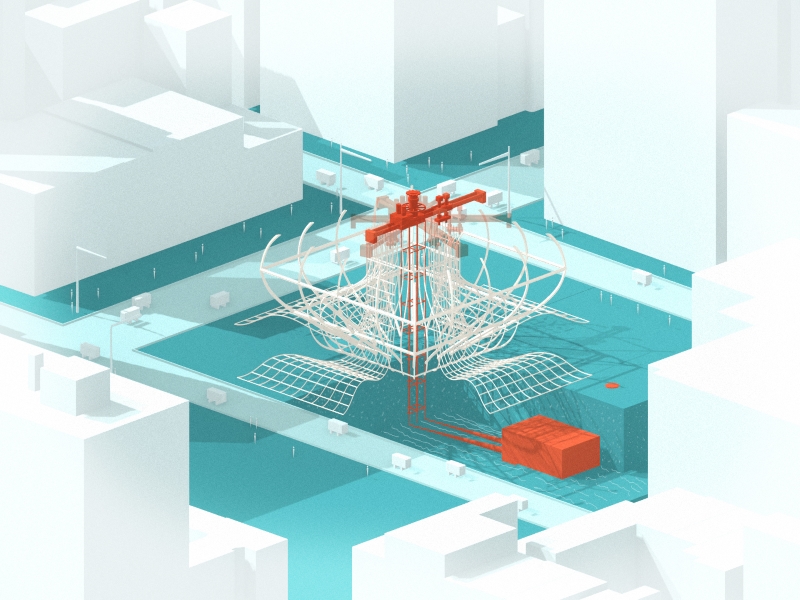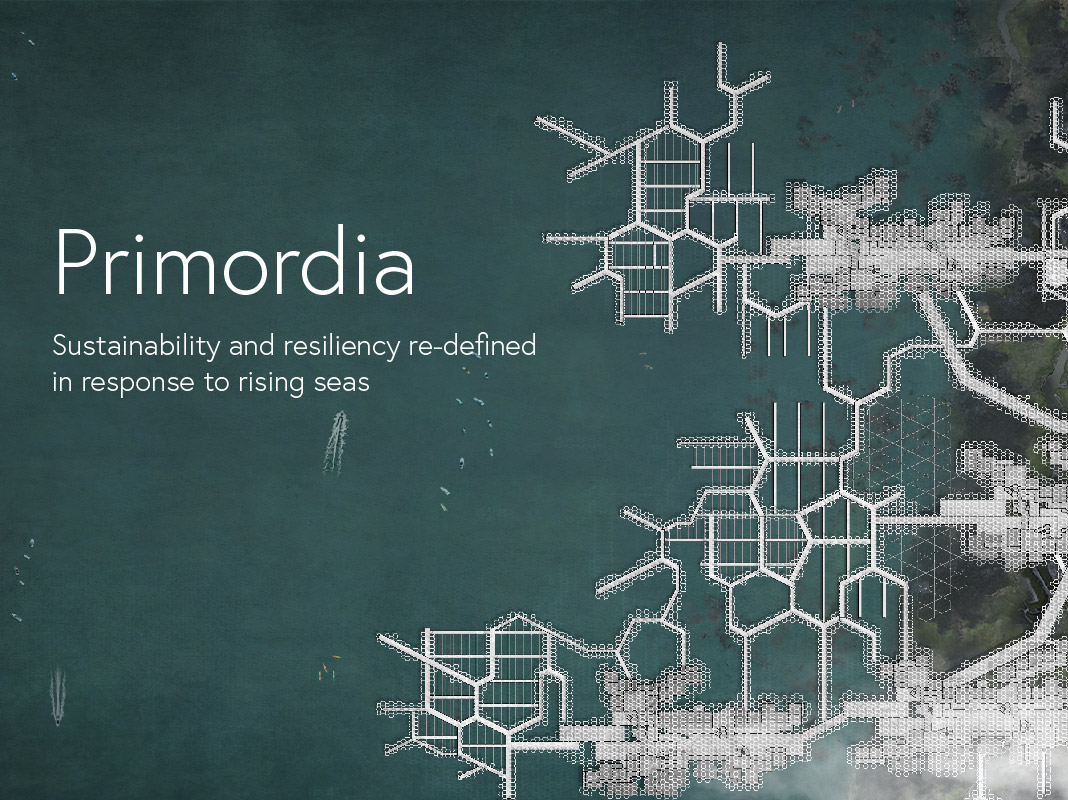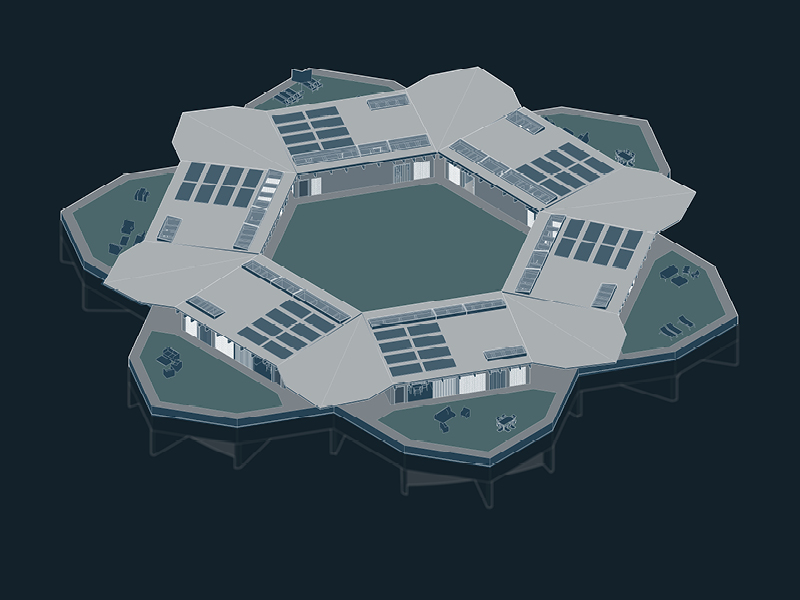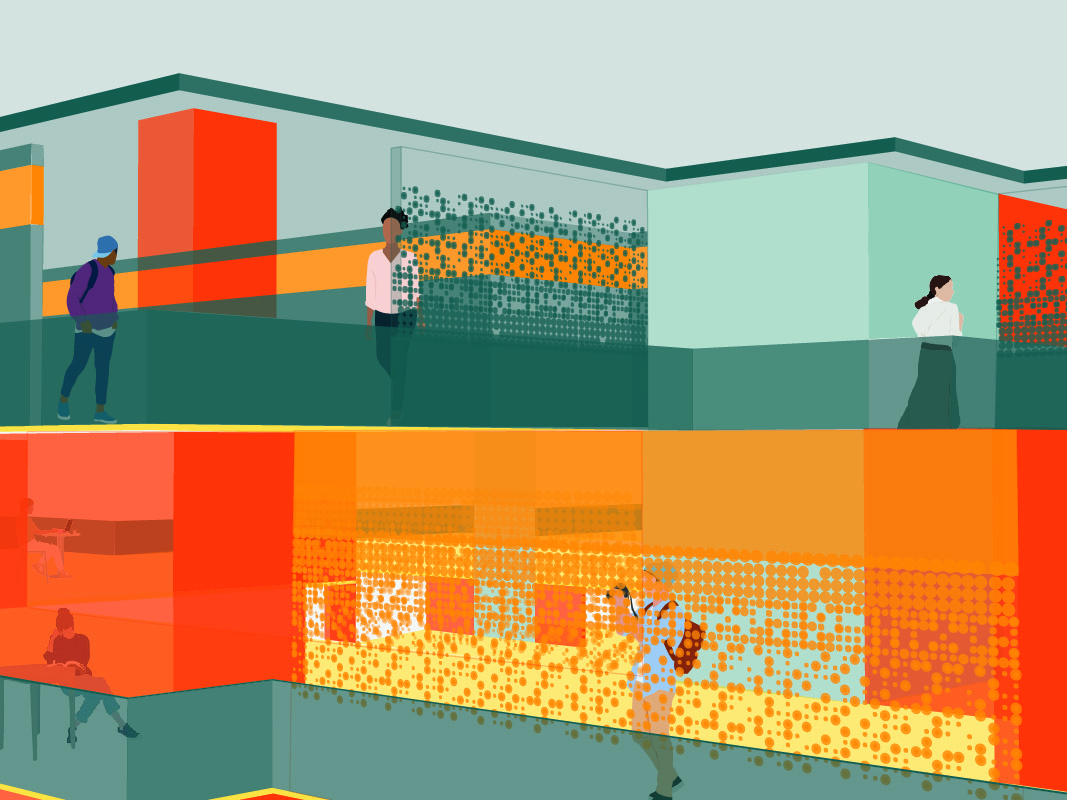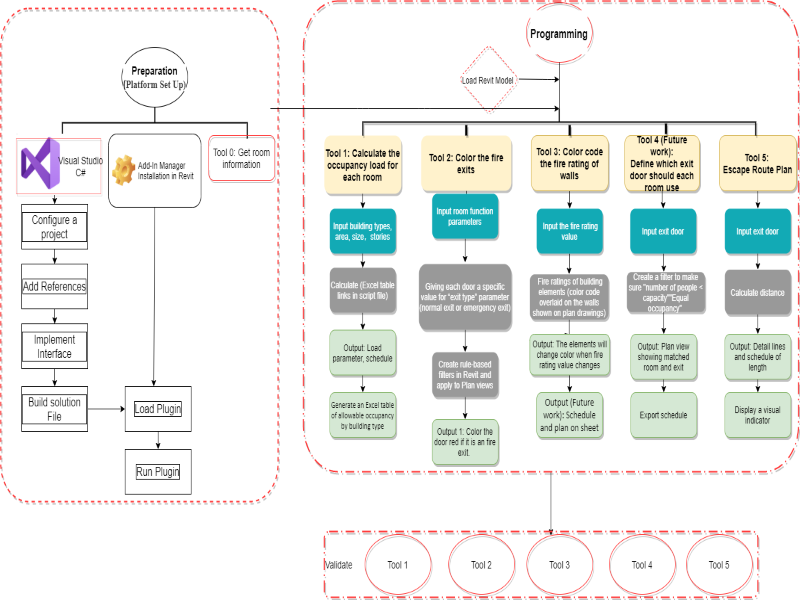Homelessness is a well-known global issue. Within the existence and the realities of homelessness, there are added issues within the system itself. Specifically looking at Los Angeles, California, which contains the United States’ second-largest population of homeless or unhoused people, one can see the two sides of a consumer world. An easy assumption can be made that everyone has the right to basic needs. These needs are as simple as clean clothes, a warm shower or bath, access to food, and a place to sleep at night. While housing the unhoused is an important and large topic, my thesis will not take on housing the unhoused, but to provide a set of services to them in South Los Angeles, California.
The expectation is that a set of basic human needs shall be placed within ease for use. By having these needs readily available to the unhoused population in South Los Angeles, the intention is to create a healthier outlook on homeless services. By constructing a collection of hubs and creating connections between each, communities are able to be formed. Many communities create safe places for groups of people and better ideas of how to gather those needs are able to be formed.
The concept of these hubs or spaces is to create a network of basic needs for the unhoused population in South Los Angeles and to allow those necessities to be at the users’ disposal. My proposal will involve these basic human needs integrating with handheld devices that provide on-demand services and casting a net over a larger community. The ultimate goal is to allow room for interaction, provide a sense of security and freedom, and allow the users to constantly explore the area around them.
